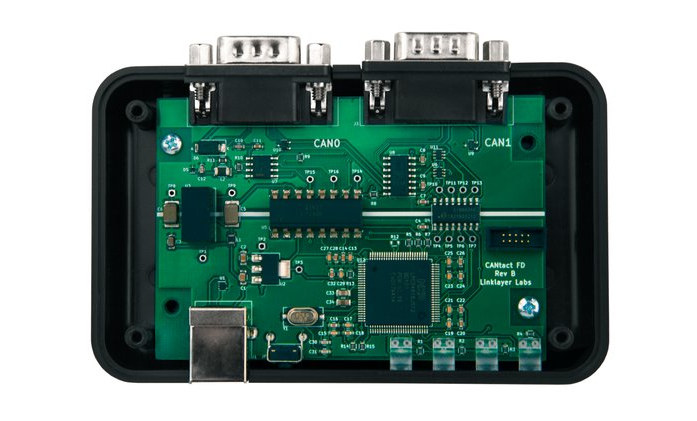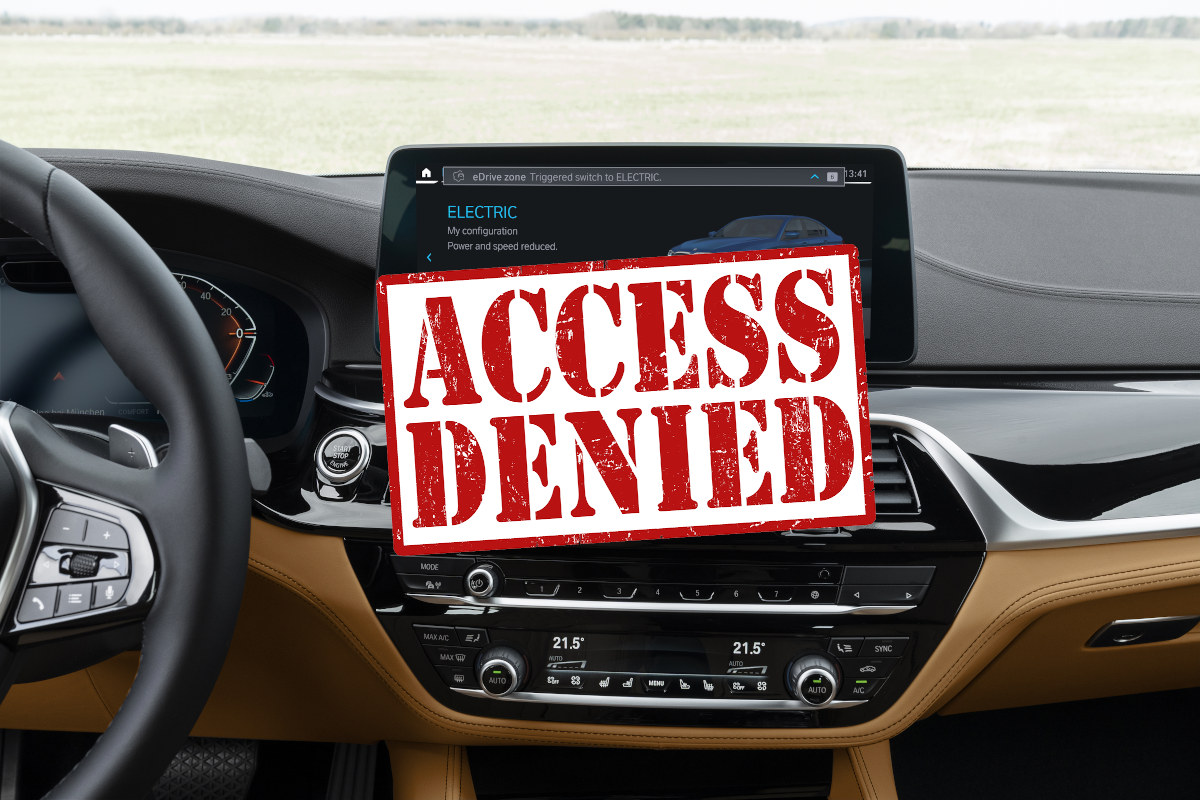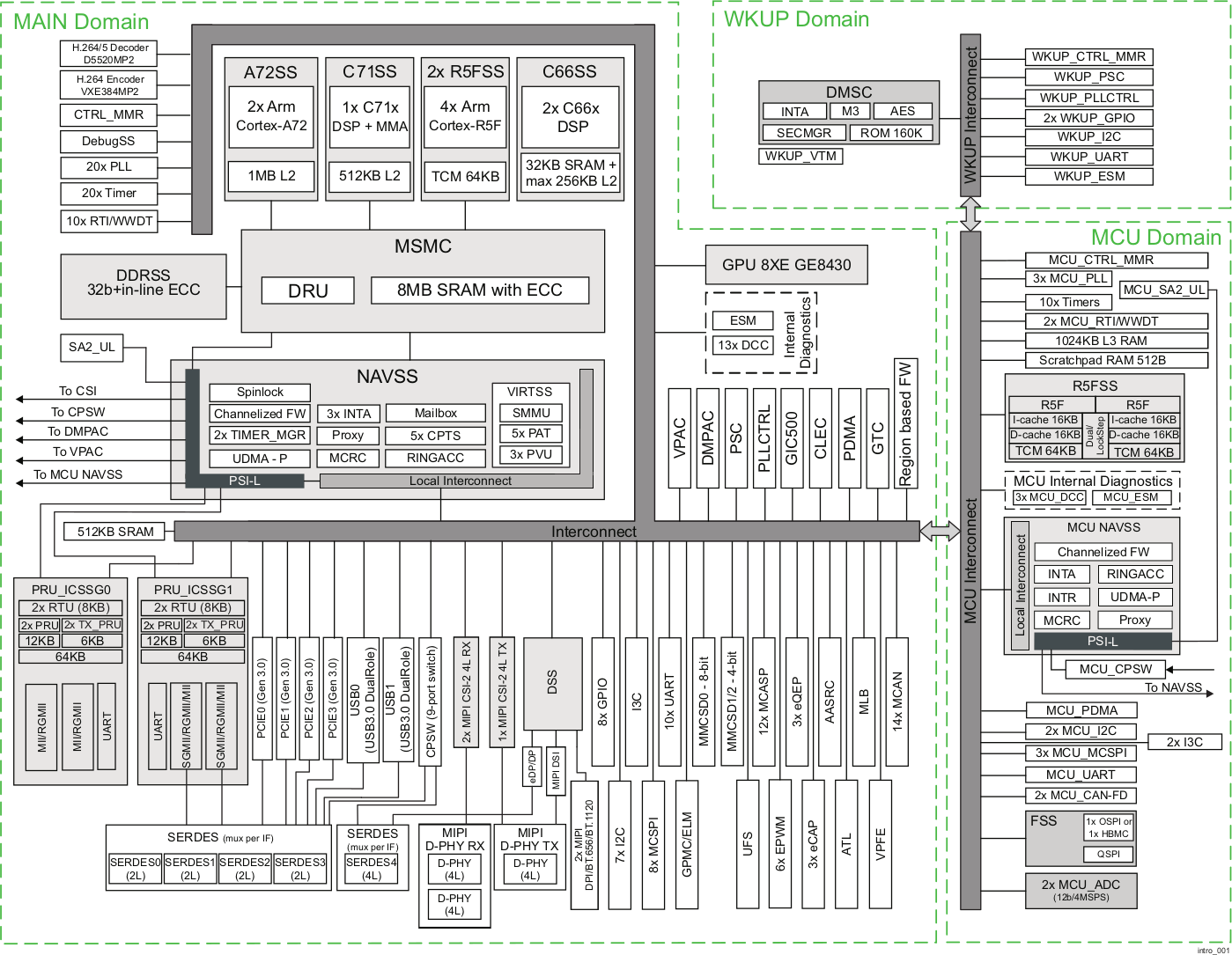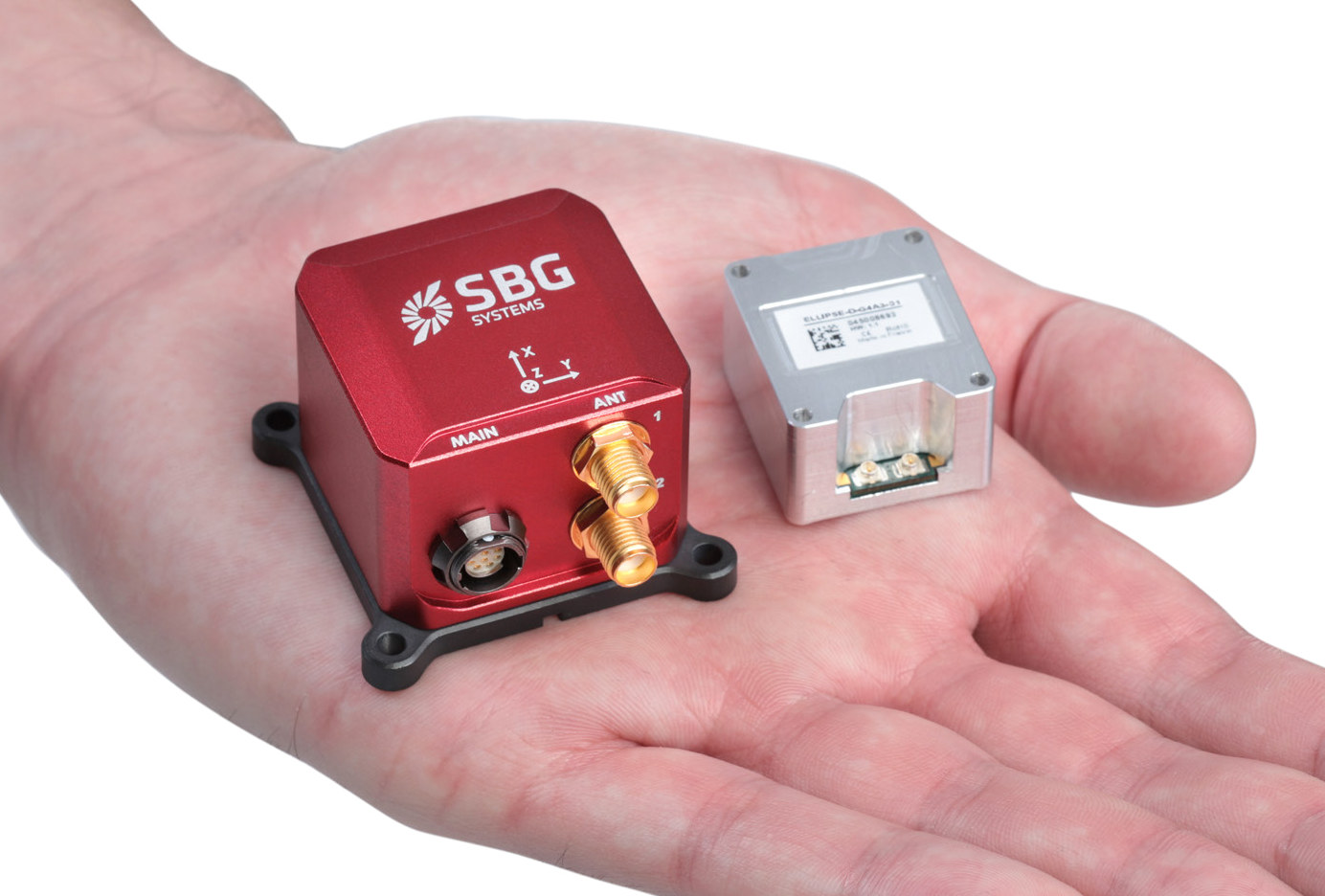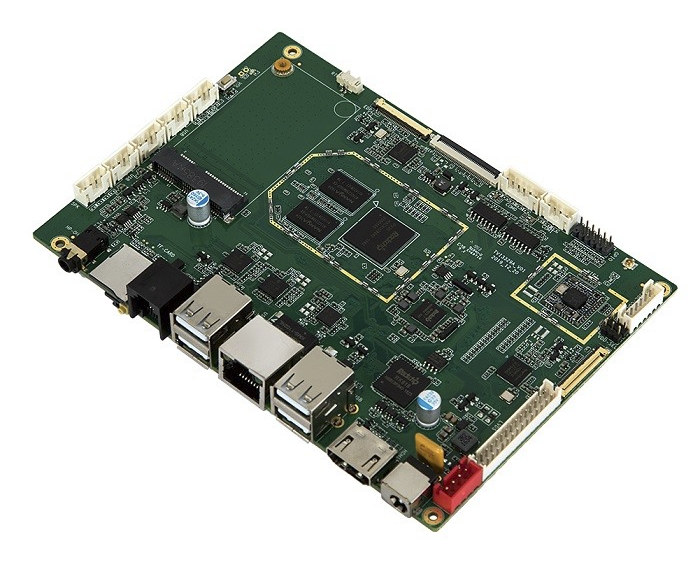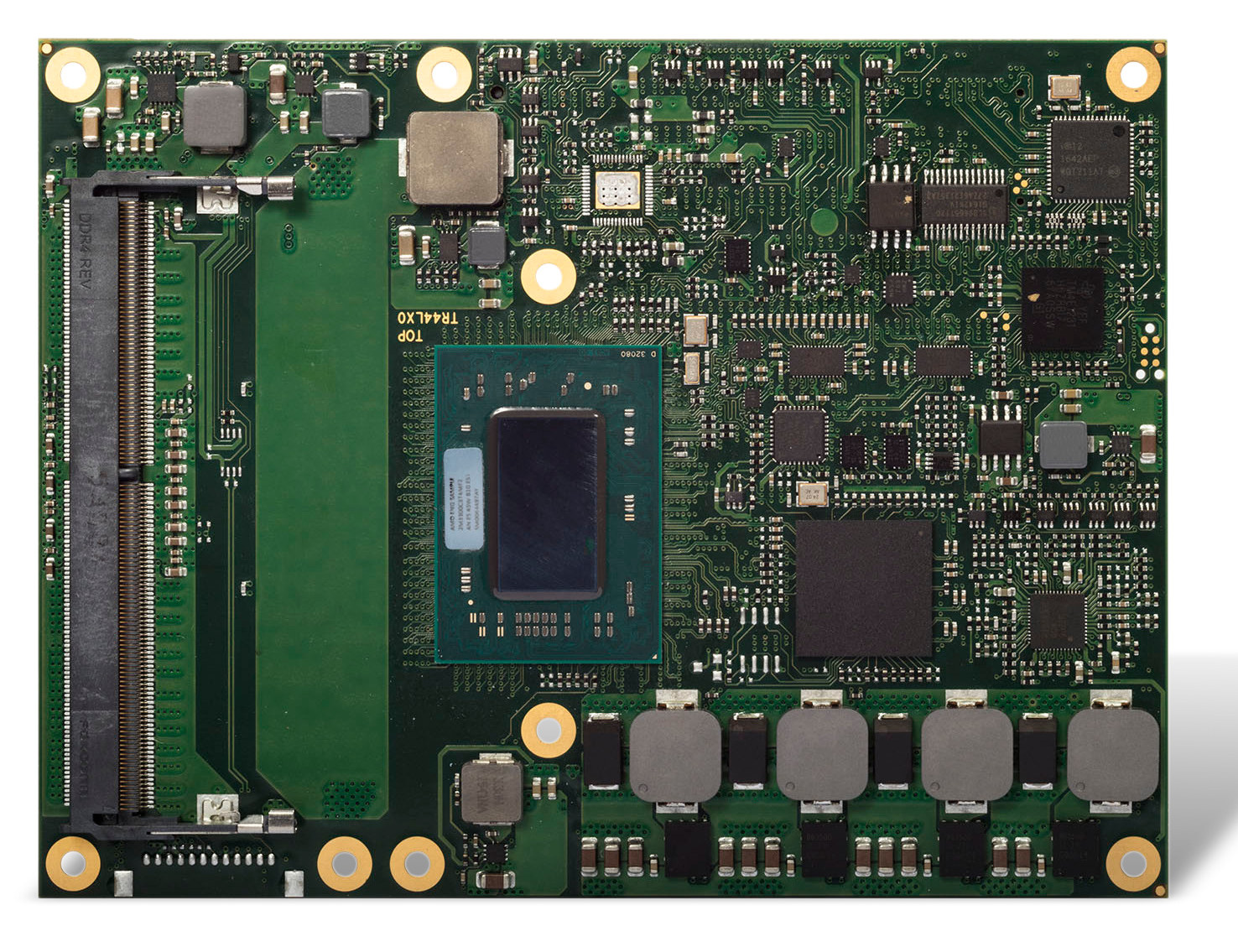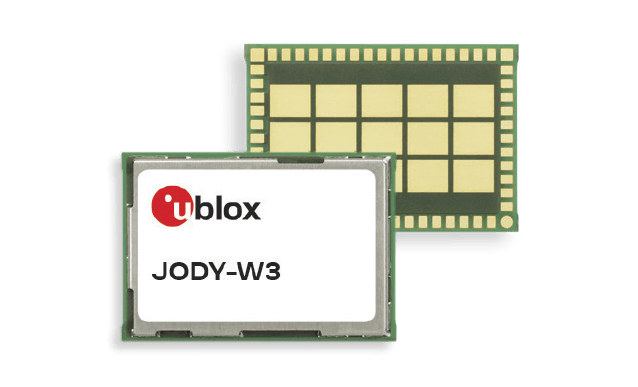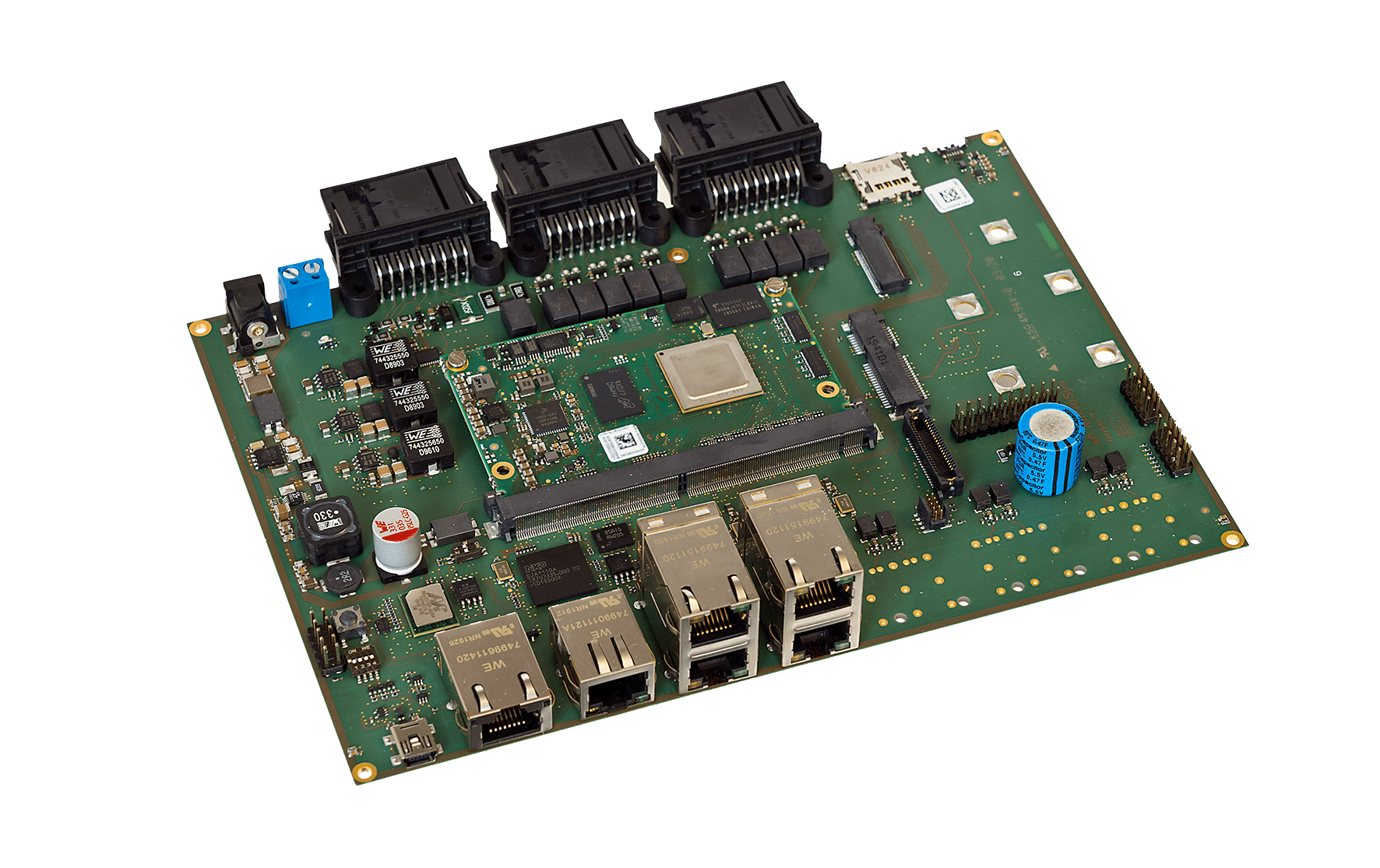The Controller Area Network (CAN) serial communication bus allows microcontrollers and devices to communicate with each other without a host computer. It’s especially used in automotive applications where various components (dashboard, ABS, air conditioner, and other sensors) may need to communicate with each other, but it has also found its way into robots, industrial control systems, and avionics. CANTact Pro is an open-source USB to CAN device that can help you debugging or hack components inside a car or other vehicle. The tool features two CAN Interfaces and can be controlled from Windows, Linux, or Mac OS computers. CANTact Pro key features and specifications: CAN Interfaces – 1x CAN/CAN-FD/SWCAN (Single Wire CAN), 1x CAN/CAN-FD; Both via DB9 connectors Host Interface – USB 2.0 device port Misc – 4x LEDs Safety – Isolation between CAN and USB Power Supply – 5V via USB port CANTact Pro works with Windows, macOS, and […]
Software Update Brings Subscription based Functions-on-Demand to BMW Cars
Cars are getting smarter and safer, and autonomous driving looks promising but may take longer than expected, as many shortcomings still have to be worked out. In any case, that means most new cars will be connected to the Internet in the future, especially with the launch of 5G and V2X solutions. This will bring benefits and new business models, as BMW showcased at the recent BMW Connected Car Beta Days 2020. BMW lists a long list of new advantages of an upcoming software upgrade with improved BWM maps, connected parking to help you find parking space, connected charging to “make mobility more sustainable and innovative”, BMW Digital Key that turns an iPhone into a secure digital vehicle key, wireless support of Google’s Android Auto, and the BMW Intelligent Personal Assistant has received some improvement with the virtual character now turns towards the person talking and can distinguish between addressing […]
J721E DRA829/TDA4VM/AM752x – Texas Instruments Cortex-A72 based Monster SoC’s
Texas Instruments unveiled their first 64-bit processor in 2018 with TI AM654 “Keystone III” quad-core Arm Cortex-A53 + dual lockstep Cortex-R5F processor designed for general embedded and industrial applications. The company is now working on a more powerful processor with J721E SoC with Cortex-A72 cores belonging to the K3 Multicore SoC architecture platform appearing in TI Linux git repository. Ti J721E is a monster of an SoC, not necessarily in terms of CPU processing power, but it has an amazing amount of features and peripherals. I’m not going to list all specifications of this monster SoC, and we’ll do with J721E highlights instead: CPU Dual Cortex-A72 up to 2.0 GHz in a single cluster Up to three clusters of lockstep capable dual Cortex-R5F MCUs @ 1.0 GHz AI Accelerator / DSP Deep-learning Matrix Multiply Accelerator (MMA) @ up to 1.0 GHz (8 TOPS for 8-bit inference) C7x floating-point Vector DSP […]
Miniature Inertial Navigation System Integrates 9-axis IMU Sensor and RTK GNSS with 1cm Accuracy
SBG Systems Ellipse-D is an industrial-grade inertial navigation system (INS) equipped with a 9-axis IMU sensor, a dual-antenna RTK GNSS module with one-centimeter accuracy, and a 64-bit microprocessor for processing the data. The inertial navigation system also includes a temperature sensor and a pressure sensor, supports odometer input, and is available in either Box or OEM versions. SBG Systems Ellipse-D inertial navigation sensor specifications: SoC – Unknown 64-bit microprocessor for data processing GNSS – Dual antenna GNSS with support for GPS, GLONASS, GALILEO, BEIDOU; Supported features: SBAS, RTK, RAW Sensors – 3-axis gyroscope, 3-axis accelerometer, 3-axis magnetometer, temperature sensors, pressure sensor Host Interface RS-232, RS-422, USB up to 921,600 bps CAN 2.0A/B up to 1 Mbit/s Protocols – Binary eCom, NMEA, ASCII, TSS Input Voltage – 5 – 36 V Power Consumption – < 1,000 mW Dimensions & Weight Box: 46 x 45 x 32 mm | 65 grams OEM: […]
Rockchip PX30 3.5-inch SBC Targets Automotive Infotainment, Retail PoS, and Digital Signage
While Rockchip RK3326 quad-core Cortex-A35 processor is found in ODROID-GO Advance portable game console, it was brought to my attention that there weren’t any RK3326 SoM nor SBC on the market. But Rockchip PX30, with virtually the same design, only adding support for dual VOP (dual independent display support), is already found on several system-on-modules including ADLINK LEC-PX30 SMARC module and ARBOR SOM-RP301. It turns out there’s also a Rockchip PX30 SBC courtesy of Shenzhen based TechVision “3.5’SBC-PX30-TVI3329A“. Specifications: SoC – Rockchip PX30 quad-core Arm Cortex A35 processor @ 1.5GHz with Mali-G31 MP2 GPU Memory – 2 GB DDR3L Storage – 8GB, 16GB, 32GB or 64 GB eMMC flash, MicroSD card slot Video Output & Display Interfaces HDMI output via RK618 chip Dual-channel LVDS via RK618 2x eDP Ports 1x MIPI DSI Port shared with eDP 2 LED Backlight header Support for USB touch panel 2x independent displays support Audio […]
Congatec conga-TR4 COM Express Module is Powered by AMD Ryzen Embedded SoC
We’ve covered plenty of AMD Ryzen Embedded V1000-series SBCs, and some Ryzen Embedded mini PCs, but so far, we had not written about any AMD Ryzen Embedded V1000 or R1000 system-on-module (SoM) or computer-on-module (CoM), partially because there aren’t many yet, and because we missed Advantech SOM-5871 CPU module earlier this year. But there’s now another option courtesy of Congatec with conga-TR4 AMD Ryzen Embedded COM Express module with consumer or industrial temperature range, and a choice of seven different processors. conga-TR4 COM Express module specifications: SoC (one or the other) AMD Ryzen V1807B quad-core processor @ up to 3.35 GHz with 2MB L2 cache, Vega 11 graphics; 35-54W TDP AMD Ryzen V1756B quad-core processor @ up to 3.25 GHz with 2MB L2 cache, Vega 8 graphics; 35-54W TDP AMD Ryzen V1605B quad-core processor @ 2.0 GHz with 2MB L2 cache, Vega 8 graphics; 12-25W TDP AMD Ryzen V1202B dual-core […]
u-Blox Launches JODY-W3 WiFi 6 & Bluetooth 5.1 Module for Automotive Applications
u‑blox has just launched JODY-W3 wireless module which the company claims to be the first automotive-grade WiFi 6 module. Apart from supporting 802.11ax WiFi with 2×2 MIMO, the module also comes with dual-mode Bluetooth 5.1 connectivity. WiFi 6 will be used for applications demanding higher bitrates such as ultra‑HD video infotainment streaming and screen mirroring, wireless back‑up cameras and cloud connectivity as well as vehicle systems maintenance and diagnostics. Bluetooth 5.1 will be used for keyless entry systems and other applications leveraging direction-finding and the longer range offered by the latest version of Bluetooth. JODY-W3 module specifications: Connectivity Dual-band 802.11ac WiFI 5 and 802.11ax WiFI 6 with 2×2 MIMO support, WPA3 security Bluetooth 5.1 Classic and Low Energy; HCI profile Antennas JODY-W374 variant – 2x antenna pins for separate Bluetooth and Wi-Fi external antennas JODY-W377 variant – 2x antenna pins for Wi-Fi and one antenna pin for Bluetooth external antennas […]
miriac SBC-S32G274A Dev Kit Features NXP S32G Vehicle Network Processor
MicroSys Announces Automotive miriac SBC S32G274A Dev Kit MicroSys is showcasing its latest automotive and industrial SBC & development kit, the Miriac SBC-S32G274A, powered by NXP S32G Quad-core Cortex-A53 vehicle network processor. The development kit runs Linux and is aimed at the automotive industry. The Components of the SBC The miriac SBC-S32G274A was developed specifically with the NXP’s S32G274A Vehicle Network Processor for automotive connectivity. A SoM, the MPX-S32G274A, is mounted almost at the center of the carrier board and comes with the purchase. High-speed interfaces include: 2x Flexray 4x LIN 16x CAN 2x CAN FD The NXP S32G Safe and Secure Vehicle Network Processor Made for high-speed calculations and communication, the miriac SBC is built on the NXP’s S32G Arm Cortex-A53 Safe and Secure Vehicle Network Processor. Introduced at CES 2020 earlier this year, the NXP S32G processor is designed with security and functionality in mind. Utilizing ASIL D […]


